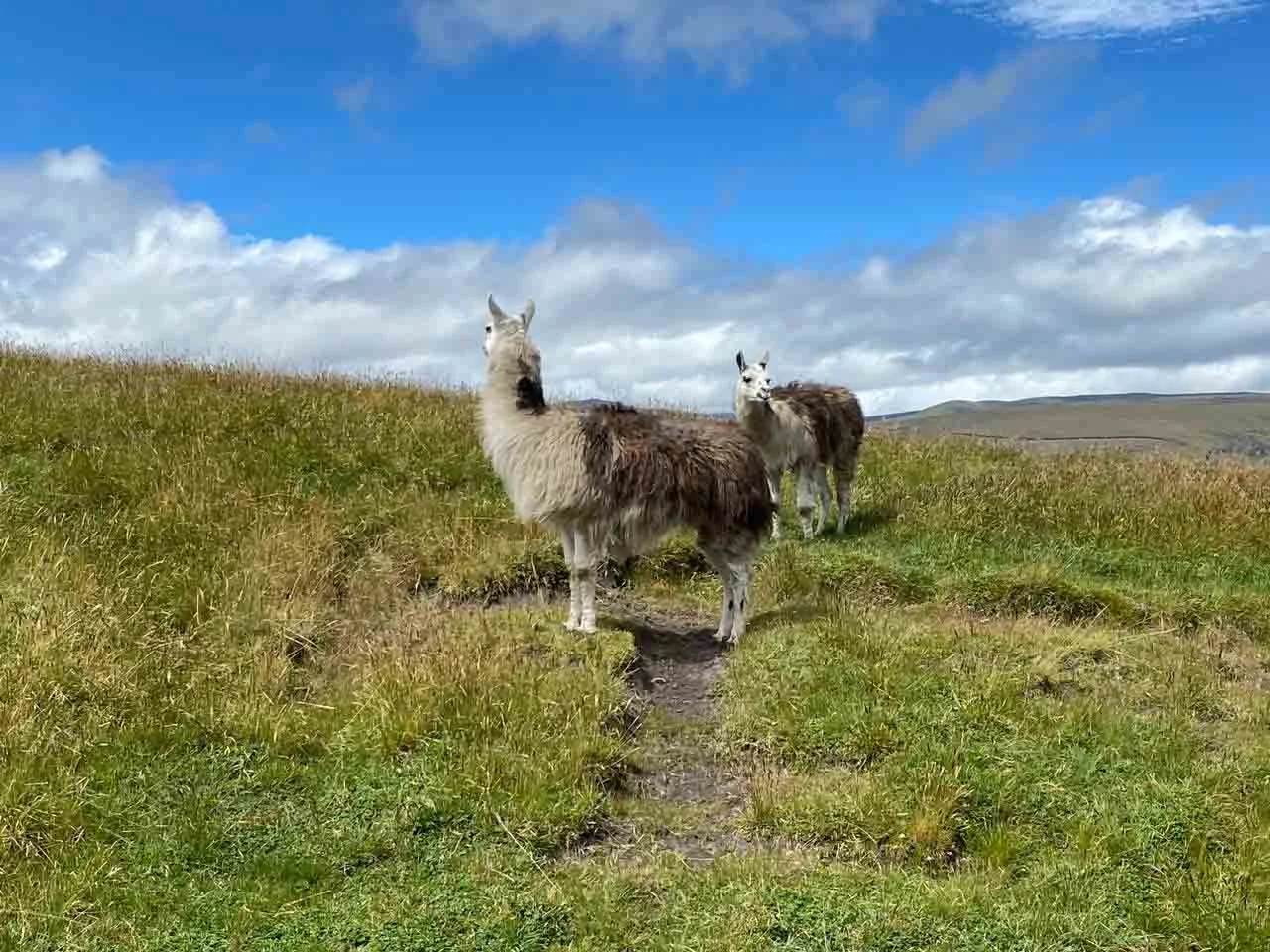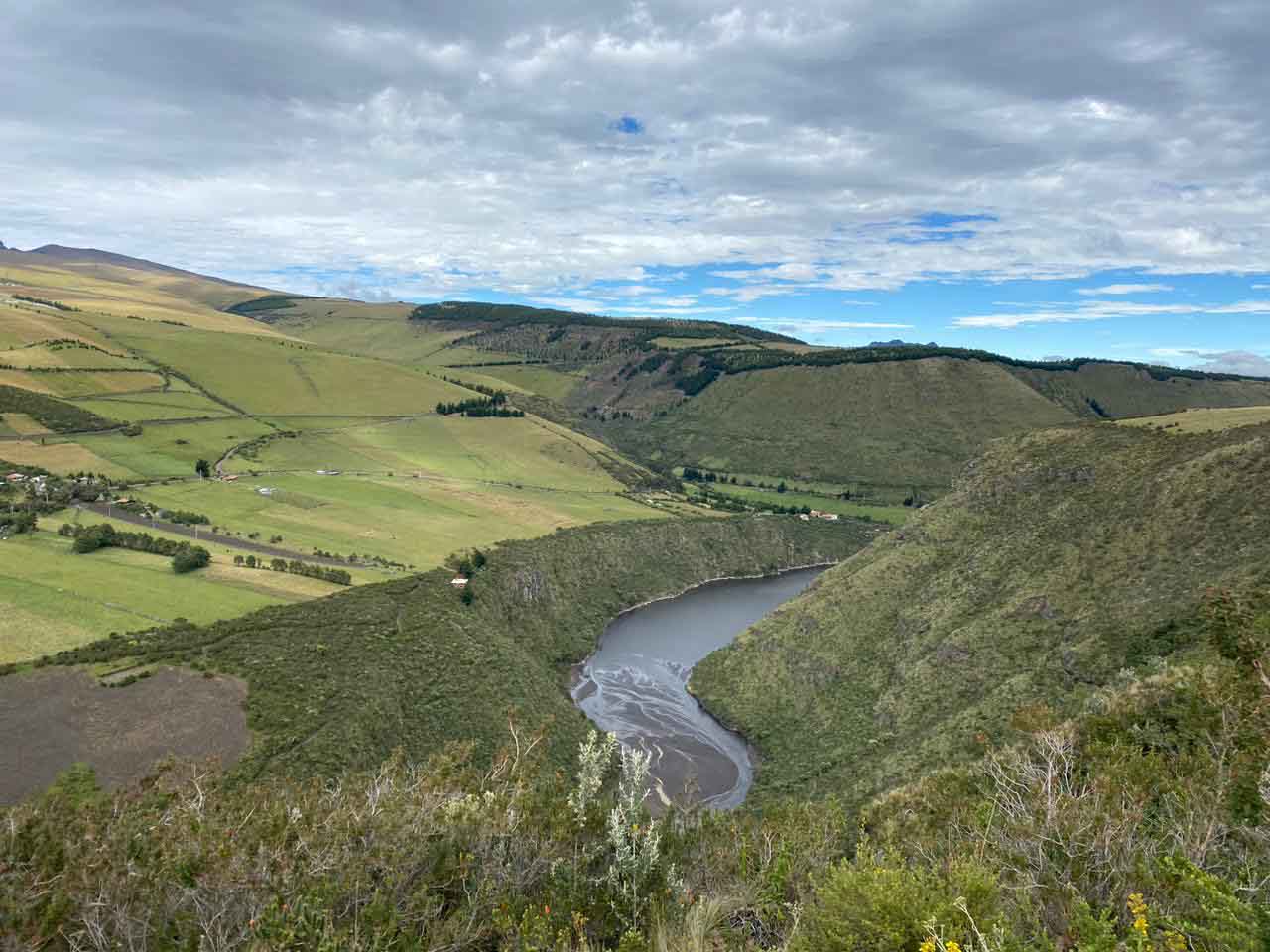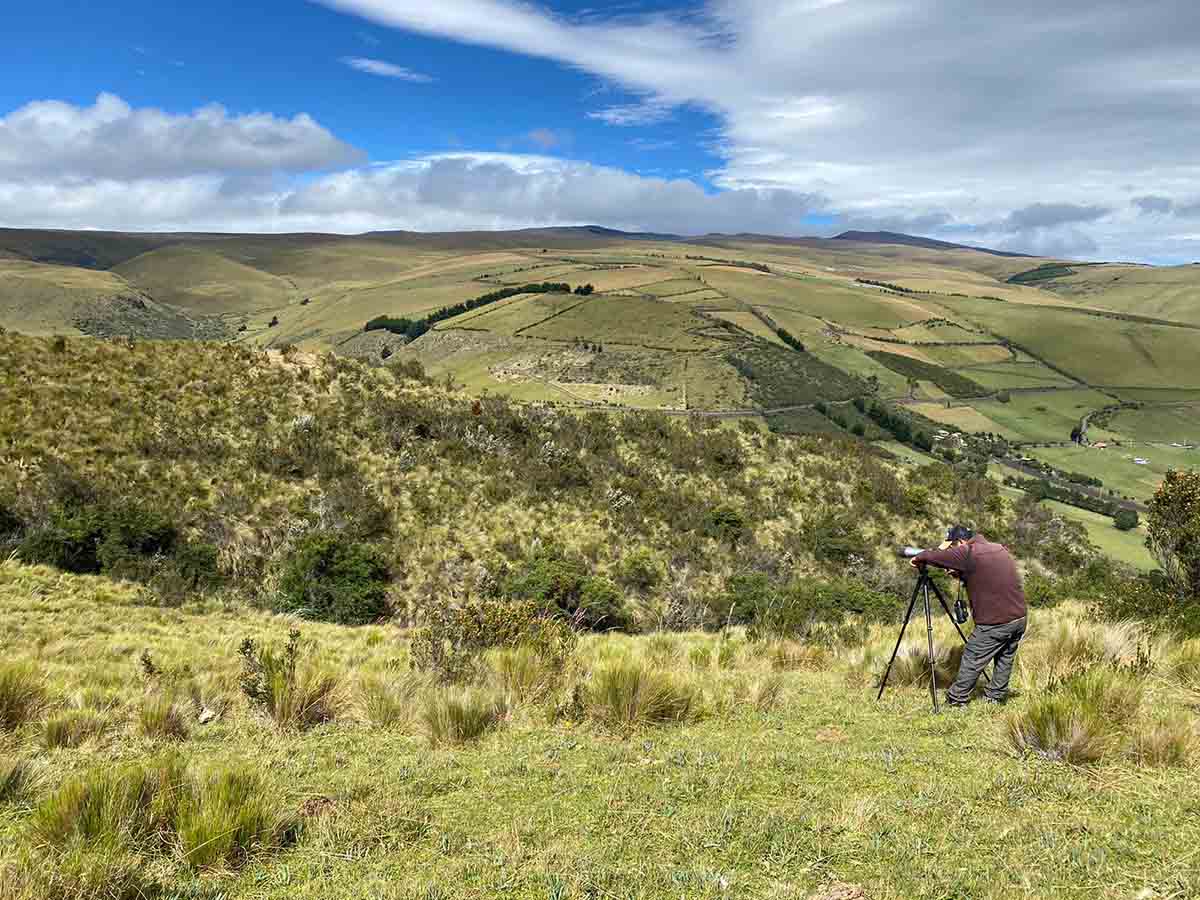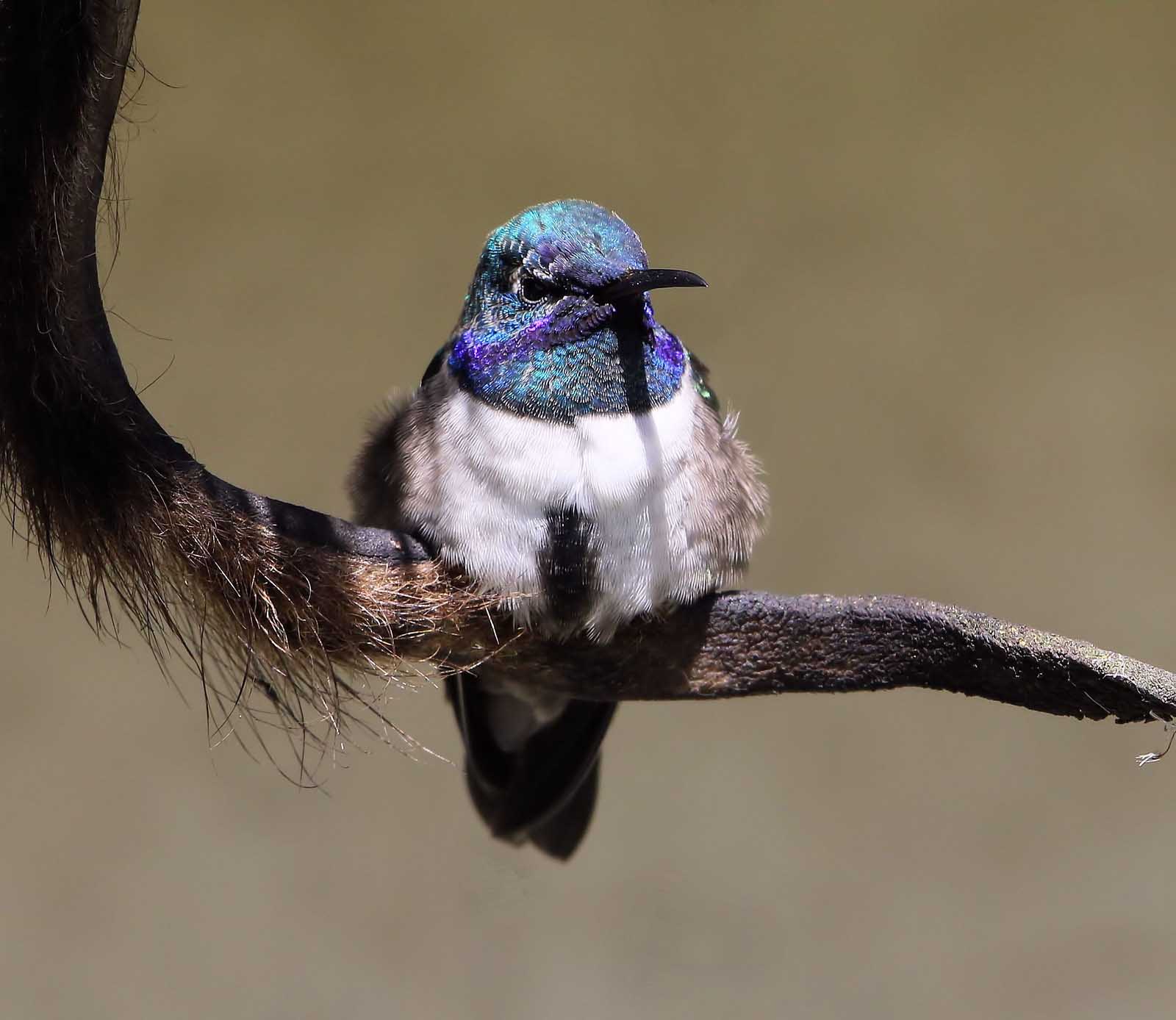
Anstisana Wildife Reserve: Chakana Day Tour | Travel Blog
We were able to experience the amazing Chakana daytour in the Antisana Wildlife Reserve. Here we are going to tell you about this amazing place located about 30–45 minutes' travel from Quito. This reserve is on the outside of the city. On the way to the Chakana Reserve, you will pass through the beautiful and magical small town of Pintag, where you can enjoy your first travel experience eating a traditional bread called "Carlitos", a bread filled with cheese and panela (a non-refined raw sugar).
Table of content
Chakana Reserve General Information
This reserve was born in 2014 with the sponsorship of the Jocotoco Foundation and with the intention of being a biological corridor in Ecuador because of its location between the Cayambe-Coca National Park and the Antisana conservation area in the Andean Region of Ecuador. The reserve has an area of 7.000 acres and is home to the most important Andean species like the Andean condor, the Andean spectacled bear, white-tailed deer, foxes, wildcats, and some of the most beautiful endemic hummingbirds.

What you will experience in the Chakana Reserve
An amazing experience that Chakana gives you will be the "Mirador Chakana," a viewpoint where you will enjoy sightseeing the Andean Condor. This incredible viewing platform can only be reached by going through the reserve, and here you will catch sight of a condor perched on the ravine, which is also a water source that feeds the lake of Secas.
With the help of a set of binoculars, you can also see some hummingbirds or be lucky enough to see the endemic species of hummingbirds. Another sight provided by the use of binoculars will be the condors flying high overhead. The guide from Chakana Reserve will always be teaching about the differences between young and adult condors and male and female condors, and with some luck, you will be able to see the differences while you watch the condors in the ravine.

The landscape is also a beauty to admire; full of vegetation, it is the perfect place for wildlife. Here you can see the rest of the species that Chakana Reserve hosts, like white-tailed deer who jump in front of you, or even more rare sightings like wildcats or the Andean spectacled bear. On our last trip, we were informed about the sighting of a bear near our location, and we were lucky to spot the bear on a mountainside with the use of binoculars.
The highlight for most tourists is the spot for the Ecuadorian Hillstar, a small hummingbird with a bright white chest and a brilliant purple head. This hummingbird is an endemic species of the Antisana region and is now in high danger of extinction, Ecuador hosts a high number of endemic species, and looking for each of them is an experience to live and see.

After almost an hour of hiking, you will be able to reach higher elevations of the reserve, where you may see some of the many species that are hard to see, like some types of owls, the Black-chested Buzzard Eagle, and a type of hawk of the Andean region. In these higher elevations, you can also see the lava slope formed from an ancient eruption that lasted almost fifty years and is now petrified, providing an amazing landscape that disrupts the Andean vegetation.
Here you can enjoy a lunch prepared by local people who also work with Chakana Reserve, which is an authentic experience of wildlife and Ecuadorian dishes and culture.
Conclusion
In conclusion, a visit to the Chakana Reserve near Quito offers a remarkable experience. This biological corridor is home to iconic Andean species like the condor and the spectacled bear. The "Mirador Chakana" provides a unique opportunity to observe condors and enjoy panoramic views. The diverse landscape, including petrified lava slopes, complements the abundant wildlife. A delicious lunch prepared by locals adds to the authentic experience. The Chakana Reserve is a must-visit for nature enthusiasts seeking an extraordinary adventure in Ecuador.
Frequently Asked Questions
How far is the Antisana Volcano from Quito?
The Antisana volcano is located approximately 50 kilometers (31 miles) southeast of Quito, the capital city of Ecuador. The distance may vary depending on the specific location within Quito and the route taken to reach the volcano.
When is the best time to visit the Antisana Volcano?
The best time to visit the Antisana volcano is during the dry season, which typically runs from June to September. During this period, the weather is generally clearer with less rainfall, providing better visibility of the volcano and its surroundings. Additionally, the dry season is also the peak tourist season in Ecuador, so you can expect more favorable travel conditions and the availability of services. However, it's always a good idea to check the local weather conditions and consult with local tour operators for the most up-to-date information before planning your visit.
What animal species can you find in the Antisana conservation area?
The Antisana conservation area is home to diverse wildlife, including Andean condors, spectacled bears, pumas, Ecuadorian Hillstar (hummingbirds), Andean foxes, viscachas (rodents), and various bird species such as high-altitude waterfowl, geese, caracaras, and eagles.
Check Our Suggested Tours:


